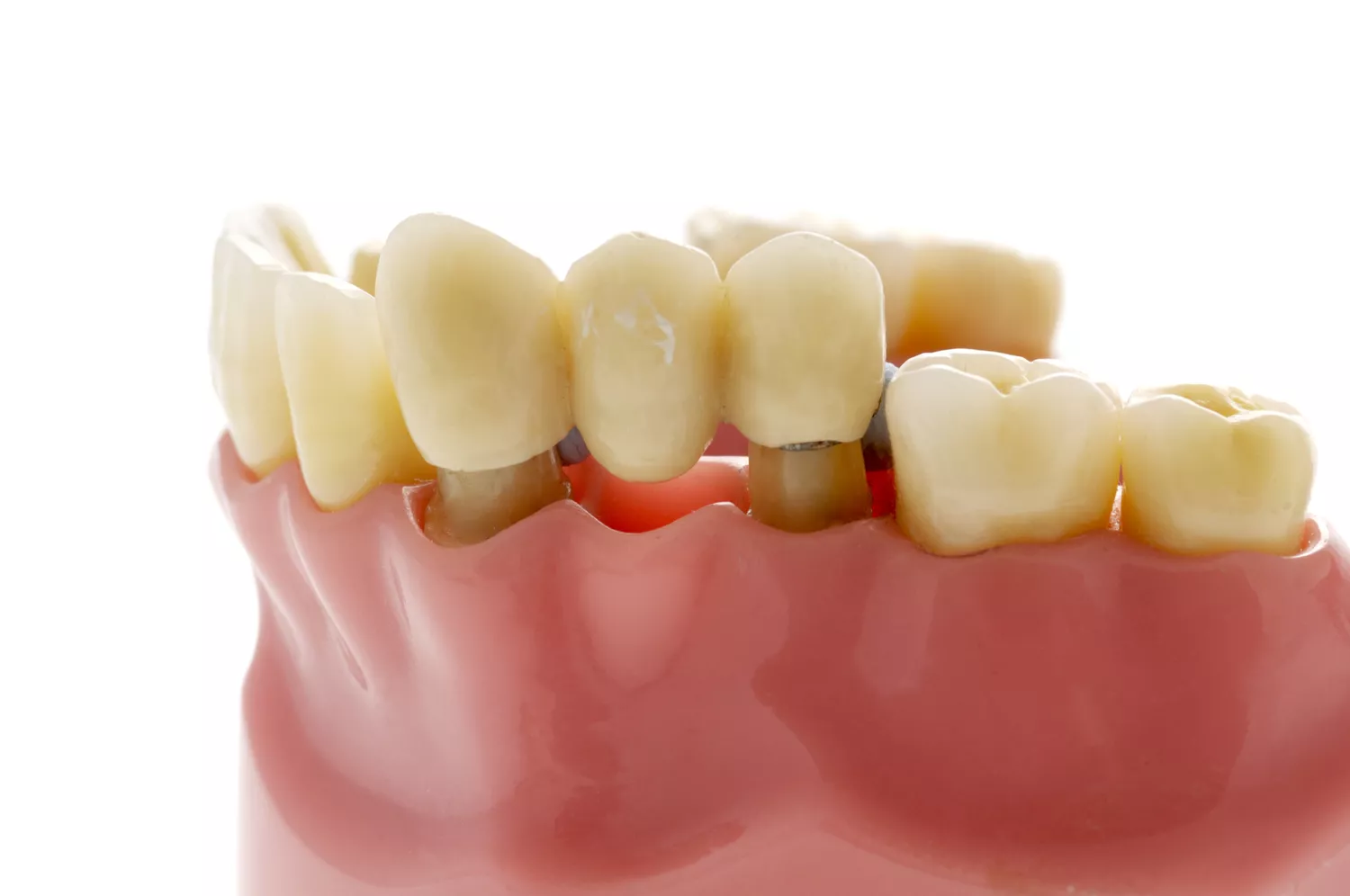
Tooth loss creates space. They fill the gap left by missing teeth using neighboring support. These structures restore alignment. Chewing becomes easier. Bridges prevent other teeth from shifting. The process varies depending on the type of bridge. Dentists assess the surrounding teeth for strength. Location in the mouth also affects decisions. Back molars require stronger materials. Front teeth require aesthetics. Bridges aren’t only cosmetic. They stabilize function and comfort.
Fixed bridges use adjacent teeth to anchor the false one securely
Traditional methods remain popular. Fixed bridges use adjacent teeth to anchor the false one securely. The middle tooth, called a pontic, rests on top. The teeth beside it are prepared as abutments. Dentists remove enamel to make space for crowns. These crowns support the pontic. Cement locks the structure in place. This method suits patients with strong anchor teeth. Stability is the main advantage. Removal isn’t required daily.
Cantilever bridges only attach to one supporting tooth on one side
Design affects pressure. Cantilever bridges only attach to one supporting tooth on one side. They’re less common now. Dentists use them when only one neighboring tooth is available. It works best in front areas with less biting force. These bridges create more stress on the abutment. Long-term wear increases. Breakage risk may rise. Dentists monitor closely. They’re useful in specific cases—not for everyone.
Maryland bridges use a resin-bonded frame instead of crowns
Minimalist options exist. Maryland bridges use a resin-bonded frame instead of crowns. No enamel removal is needed. Metal or ceramic wings attach to the backside of neighboring teeth. They’re often used for front teeth. Less invasive, but also less durable. Chewing hard foods may dislodge them. Still, they preserve natural structure. Many choose them for cosmetic purposes. Dentists assess bite pressure before recommending.
Implant-supported bridges rely on surgical posts instead of natural teeth
Modern techniques change everything. Implant-supported bridges rely on surgical posts instead of natural teeth. These titanium roots integrate with the jawbone. They offer unmatched stability. No need to touch neighboring teeth. Implants support both single and multiple bridges. Healing takes time. Bone density matters. This option suits patients with strong bone support. Long-term outcomes show high success rates. It’s more costly and time-intensive.
Materials range from metal alloys to full ceramic for different purposes
Choices impact results. Materials range from metal alloys to full ceramic for different purposes. Metals offer strength. Porcelain provides a natural look. Some combine both for balance. Back teeth favor durability. Front teeth favor appearance. The right blend depends on location, budget, and bite habits. Dentists explain trade-offs. Some materials resist stains better than others. Allergies to metals also play a role.
They stop nearby teeth from drifting into the empty space
Function extends beyond the visible. They stop nearby teeth from drifting into the empty space. When one tooth is lost, others shift. That creates bite misalignment. Jaw pain may follow. Uneven pressure causes wear. Bridges hold alignment steady. They maintain spacing. Even speech improves in some cases. The benefit goes beyond chewing. They also preserve facial structure.
Speech often changes subtly when teeth go missing
People rarely expect it. Speech often changes subtly when teeth go missing. Sounds require contact between tongue and teeth. Gaps affect pronunciation. Whistling or slurring may occur. Bridges help restore clear speech. The difference feels small at first. Over time, improvement becomes noticeable. Especially for front teeth, this matters. Confidence grows quietly through restored clarity.
Gums require attention even with bridges in place
Care doesn’t end at placement. Gums require attention even with bridges in place. Plaque still builds around them. Flossing under bridges becomes crucial. Special tools help navigate tight spaces. Inflammation can develop unnoticed. Regular dental visits catch early issues. Bridges don’t decay—but the anchor teeth can. Gum health supports long-term success. Cleaning techniques matter more than appearance.
Some bridges need replacement after several years due to wear or decay
Nothing lasts forever. Some bridges need replacement after several years due to wear or decay. Daily chewing causes friction. Materials erode slowly. Decay may form around anchor teeth. Even the best bridges have a lifespan. Ten years is common. Some last longer with care. Dentists evaluate during checkups. Minor issues may mean early intervention. Replacement is routine, not failure.
They don’t require removal for cleaning like dentures do
Convenience appeals. They don’t require removal for cleaning like dentures do. Once placed, they stay. Patients brush like natural teeth. This saves time. There’s no soaking or adhesives. Routines remain simple. But that doesn’t reduce cleaning needs. If ignored, plaque builds. The simplicity hides responsibility. Fixed bridges offer normalcy—with effort.
Tooth sensitivity may appear during the early weeks
Adjustment takes time. Tooth sensitivity may appear during the early weeks. Anchor teeth adapt to new pressure. Hot or cold foods trigger brief discomfort. This usually fades. Some people report a metallic taste with metal bridges. Others adjust without issue. Dentists advise what to expect. Soft foods help early on. Full adaptation may take a few weeks.
Children rarely receive bridges because their jaw is still growing
Age shapes treatment. Children rarely receive bridges because their jaw is still growing. Permanent options can’t shift with development. Removable alternatives are used temporarily. Growth must complete before fixed solutions. Teenagers may qualify under certain conditions. Pediatric dentists coordinate closely. The decision is long-term. Bridges are more common after full dental maturity.
Dental insurance often partially covers traditional bridges
Cost influences choice. Dental insurance often partially covers traditional bridges. But implant-supported versions vary widely. Some plans exclude cosmetic types. Annual maximums apply. Dentists explain out-of-pocket expenses upfront. Pre-approval may be needed. Payment plans exist. Material type also affects pricing. Insurance doesn’t always cover premium options. Financial clarity helps planning.
Some patients feel pressure instead of pain with their first bridge
Sensations differ. Some patients feel pressure instead of pain with their first bridge. It’s unfamiliar, not sharp. The sensation fades with time. Misalignment may increase discomfort. Dentists adjust the fit if needed. Persistent discomfort isn’t normal. Follow-ups matter. Each mouth responds uniquely. Early feedback helps avoid future complications.
Floss threaders help clean under the artificial tooth
Tools make care easier. Floss threaders help clean under the artificial tooth. Regular floss won’t slide through. These threaders guide it under the bridge. Water flossers work too. They remove debris without strain. Brushing helps but can’t reach below. Daily cleaning prevents gum irritation. Habits form the foundation of success.
Decay under supporting crowns remains one of the leading causes of bridge failure
Hidden threats exist. Decay under supporting crowns remains one of the leading causes of bridge failure. It starts silently. Bacteria sneak below the surface. Enamel beneath the crown remains vulnerable. X-rays catch it late. Prevention requires meticulous hygiene. Daily brushing and professional cleanings reduce risk. Crowns don’t mean invincibility. Decay hides well.
Some bridges need adjustment after major dental procedures nearby
Change affects stability. Some bridges need adjustment after major dental procedures nearby. Tooth extraction or gum surgery shifts alignment. The bridge may no longer sit properly. Bite pressure redistributes. Dentists check fit during checkups. Small fixes avoid big issues. Ignoring misfit leads to fractures or loosening.
Patients often compare bridges to implants and dentures before choosing
The decision isn’t simple. Patients often compare bridges to implants and dentures before choosing. Each has pros and cons. Dentures offer flexibility. Implants offer independence. Bridges strike a balance. They’re quicker than implants. More stable than removable options. Dentists guide based on condition, budget, and preference. No universal best exists.
